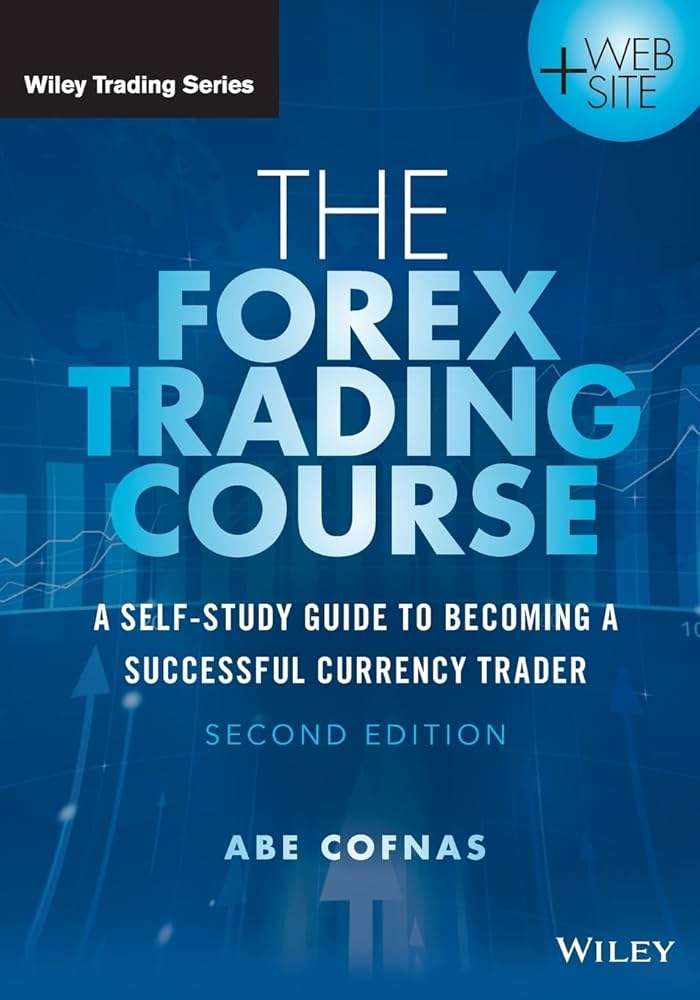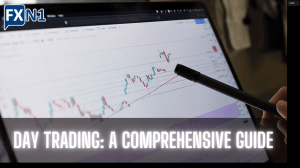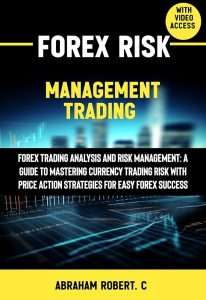Forex Trading Course: A Comprehensive Guide
Unlock the secrets of Forex trading! Our comprehensive course teaches fundamental analysis, advanced strategies, and risk management – start your trading journey today!

The foreign exchange market, or Forex, presents a dynamic and potentially lucrative opportunity for skilled traders. Understanding its complexities, however, is crucial for success. This comprehensive Forex trading course aims to equip you with the knowledge and skills needed to navigate this intricate market effectively. From fundamental analysis to advanced trading strategies, we will cover everything you need to know to begin your Forex trading journey with confidence.
Understanding the Forex Market Fundamentals
Before diving into complex strategies, a solid grasp of Forex fundamentals is paramount. This section will cover the basics, laying the groundwork for your future trading endeavors. We’ll explore key concepts such as currency pairs, pips, and leverage, explaining their significance in the context of Forex trading. Understanding these core elements is the first step towards making informed trading decisions.
Currency Pairs and Their Dynamics
Forex trading revolves around currency pairs. Each pair represents the exchange rate between two currencies, such as EUR/USD (Euro/US Dollar) or GBP/JPY (British Pound/Japanese Yen). The first currency in the pair is called the base currency, while the second is the quote currency. Understanding the factors influencing these exchange rates is crucial for successful trading.
These factors include economic indicators, geopolitical events, and market sentiment. Analyzing these elements will allow you to predict potential price movements and make better trading decisions. It’s important to remember that the Forex market is constantly fluctuating, making continuous learning and adaptation essential.
Pips and Leverage: Understanding the Mechanics
A pip, or point in percentage, represents the smallest price movement in a currency pair. For most pairs, a pip is 0.0001. Understanding pips is vital for calculating profits and losses. Leverage, on the other hand, allows you to control a larger position with a smaller amount of capital. While leverage can amplify profits, it can also magnify losses. Therefore, responsible leverage management is crucial.
Effective risk management is an integral part of successful Forex trading. This involves setting stop-loss orders to limit potential losses and using appropriate leverage to minimize your risk exposure. Never invest more than you can afford to lose.
Technical Analysis: Charting Your Path to Success
Technical analysis involves using charts and indicators to identify trading opportunities. This section will delve into various technical analysis tools and techniques that experienced traders utilize to make data-driven decisions.
Chart Patterns and Indicators
Different chart patterns, such as head and shoulders, triangles, and flags, can indicate potential price reversals or breakouts. Understanding these patterns can help you anticipate market movements. Technical indicators, such as moving averages, RSI, and MACD, provide additional insights into price trends and momentum.
Learning to interpret these indicators effectively is a skill that develops with practice and experience. Combining chart patterns with indicators can enhance the accuracy of your trading signals, leading to better-informed trading decisions.
Applying Technical Analysis in Practice
The application of technical analysis requires discipline and patience. It’s not about finding the perfect signal every time, but rather about consistently applying your knowledge and adapting to changing market conditions. Practice is key, and using a demo account is an excellent way to hone your skills without risking real capital.
- Start with a demo account to practice technical analysis without financial risk.
- Focus on mastering a few key indicators and chart patterns before moving on to more advanced techniques.
- Keep a trading journal to track your performance and identify areas for improvement.
Fundamental Analysis: Understanding Economic Influences
Fundamental analysis involves examining macroeconomic factors that influence currency values. This section will explore key economic indicators and their impact on Forex trading.
Key Economic Indicators and Their Significance
Several key economic indicators provide insights into a country’s economic health and can influence currency exchange rates. These indicators include GDP growth, inflation rates, interest rates, and unemployment figures. Understanding how these indicators affect currency values is vital for making informed trading decisions.
For example, a strong GDP growth rate generally strengthens a country’s currency, while high inflation can weaken it. Staying updated on these indicators requires regular monitoring of economic news and reports.
Integrating Fundamental and Technical Analysis
Successful Forex trading often involves combining both fundamental and technical analysis. Fundamental analysis provides a broader context for market movements, while technical analysis helps identify specific entry and exit points. Integrating these approaches can lead to a more comprehensive and effective trading strategy.
By understanding the interplay between economic factors and price movements, you can develop a more robust and adaptable trading strategy. This combination allows for a more holistic view of the market, leading to more informed trading decisions.
Risk Management: Protecting Your Capital
Effective risk management is crucial for long-term success in Forex trading. This section will cover essential risk management techniques to protect your capital and minimize potential losses.
Setting Stop-Loss Orders
Stop-loss orders are essential for limiting potential losses. They automatically close a trade when the price reaches a predetermined level. Setting appropriate stop-loss orders is a vital aspect of responsible trading. The placement of a stop-loss order should be based on your risk tolerance and the nature of the trade.
It’s crucial to remember that stop-loss orders are not foolproof. Market gaps or unexpected volatility can sometimes trigger a stop-loss order even before the intended price is reached. Despite this possibility, stop-loss orders remain a crucial component of any responsible trading strategy.
Position Sizing and Leverage Management
Position sizing refers to determining the appropriate amount of capital to allocate to each trade. It’s crucial to avoid over-leveraging, as this can significantly amplify losses. Appropriate position sizing helps to manage risk effectively and prevents catastrophic losses.
Responsible leverage management is crucial for controlling risk exposure. Using excessive leverage can lead to substantial losses, even with seemingly small market movements. Therefore, it’s essential to use leverage cautiously and within your risk tolerance.
Advanced Trading Strategies
This section introduces more sophisticated trading techniques that require a strong understanding of the fundamentals and technical analysis.
Scalping and Day Trading
Scalping involves taking many small profits throughout the day, while day trading focuses on holding positions for shorter periods. Both strategies require quick decision-making and a deep understanding of market dynamics. These strategies are often more suitable for experienced traders.
Successful scalping and day trading rely on precise entry and exit points and the ability to react quickly to market changes. These approaches demand significant discipline and skill.
Swing Trading and Position Trading
Swing trading involves holding positions for several days or weeks, aiming to capture larger price swings. Position trading involves holding positions for months or even years, capitalizing on long-term market trends. These longer-term approaches necessitate a different perspective and risk management strategy.
Swing and position trading strategies require a greater understanding of fundamental analysis and the ability to withstand short-term market fluctuations. Patience and discipline are key to successful long-term strategies.
Developing a Trading Plan and Maintaining Discipline
A well-defined trading plan is the cornerstone of successful Forex trading. This section emphasizes the importance of planning and adhering to your strategy.
- Define your trading goals and objectives.
- Establish your risk tolerance and position sizing strategy.
- Outline your entry and exit criteria.
- Develop a system for monitoring your trades and evaluating your performance.
- Stick to your plan, even when facing losses.
Consistent adherence to your trading plan is crucial for avoiding emotional decision-making, which can lead to significant losses. Discipline is key to long-term success in Forex trading. Regular review and adjustment of your trading plan based on your experience and market conditions are essential.
Forex trading involves inherent risks, and there’s no guarantee of profit. This course provides valuable knowledge and tools, but success ultimately depends on your dedication, discipline, and risk management skills. Continuous learning and adaptation are vital for navigating the ever-changing landscape of the Forex market. Consistent practice, careful planning, and a commitment to lifelong learning are essential elements for achieving sustainable success. Remember to always manage your risk and only invest what you can afford to lose. The Forex market presents both opportunities and challenges, and only through diligent preparation and consistent execution can you hope to thrive. Developing a strong understanding of market dynamics and maintaining unwavering discipline will be your most valuable assets on this journey.







